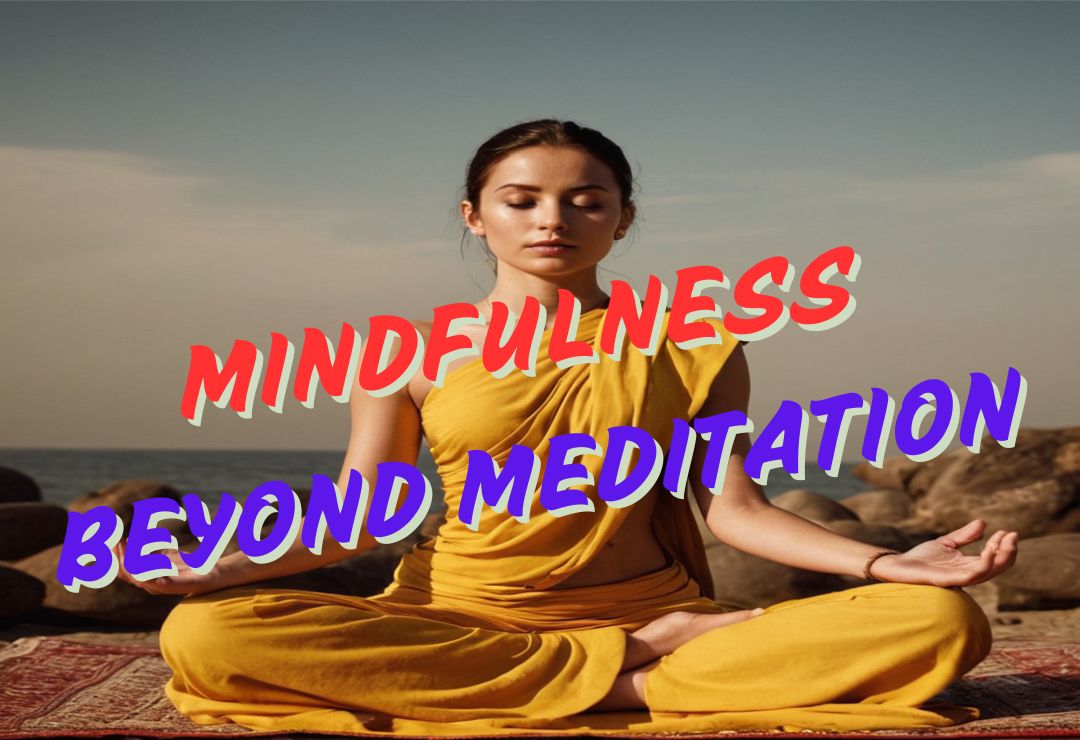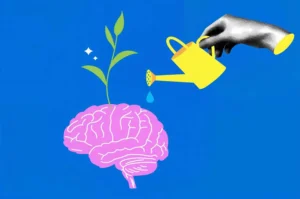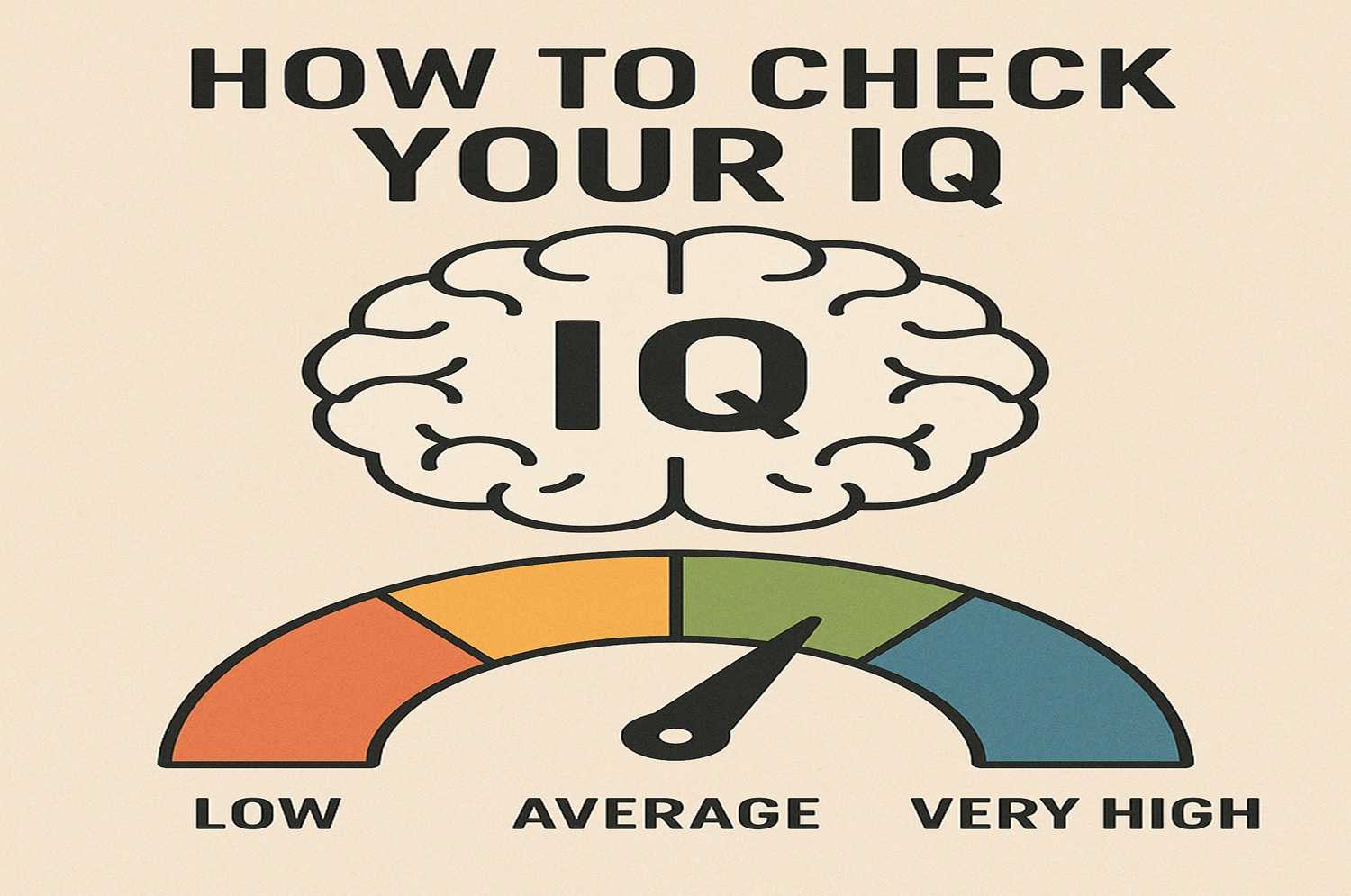Mindfulness: A Complete Guide to Living in the Present Moment
In our fast-paced modern world, where digital distractions and constant demands compete for our attention, the ancient practice of mindfulness has emerged as a powerful tool for maintaining mental clarity, emotional balance, and overall well-being. This comprehensive guide explores what mindfulness truly means, its scientific benefits, and practical ways to incorporate it into daily life.
What Is Mindfulness?
Mindfulness is maintaining a moment-by-moment awareness of our thoughts, feelings, bodily sensations, and surrounding environment with openness, curiosity, and non-judgment. While its roots trace back to ancient Buddhist meditation practices, modern mindfulness has evolved into a secular practice backed by scientific research and embraced by healthcare professionals, educators, and business leaders worldwide.
The Science Behind Mindfulness
Recent scientific studies have revealed compelling evidence supporting the benefits of mindfulness practice. Research conducted at leading institutions, including Harvard Medical School and Oxford University, has demonstrated significant positive effects on both mental and physical health:
Mental Health Benefits
- Reduced symptoms of anxiety and depression
- Improved emotional regulation
- Enhanced focus and concentration
- Better stress management
- Increased self-awareness and metacognition
Physical Health Benefits
- Lower blood pressure
- Improved sleep quality
- Reduced chronic pain
- Strengthened immune system
- Better digestive health
Core Principles of Mindfulness
Understanding the fundamental principles of mindfulness can help you develop a more effective practice:
Present-Moment Awareness
The cornerstone of mindfulness is directing attention to the present moment rather than dwelling on past events or worrying about future scenarios. This involves actively engaging with your current experience, whether eating, walking, or breathing.
Non-Judgmental Observation
Mindfulness encourages observing thoughts and feelings without labelling them as “good” or “bad.” This neutral stance helps reduce emotional reactivity and promotes acceptance of our experiences as they unfold.
Beginner’s Mind
Approaching each moment with curiosity and openness, as if experiencing it for the first time, allows us to break free from automatic patterns and discover new perspectives.
Getting Started with Mindfulness Practice
Basic Mindfulness Meditation
- Find a quiet, comfortable space
- Sit in a stable, dignified position
- Focus attention on your breath
- Notice when your mind wanders
- Gently return attention to your breath
- Continue this process for your chosen duration
Mindful Breathing Exercise
The breath serves as an anchor to the present moment. Start with 5-10 minutes daily of conscious breathing:
- Notice the sensation of air moving through your nostrils
- Feel your chest and abdomen rising and falling
- Observe the natural rhythm of your breath without trying to change it
- When thoughts arise, acknowledge them and return focus to the breath
Incorporating Mindfulness into Daily Life
Mindful Eating
Transform your relationship with food by:
- Take time to observe the colours, textures, and aromas of your food
- Chewing slowly and savouring each bite
- Noticing hunger and fullness cues
- Eating without distractions like phones or television
Mindful Movement
Whether through yoga, walking, or simple stretching, mindful movement helps connect body and mind:
- Pay attention to physical sensations
- Notice the coordination of breath with movement
- Observe changes in balance and stability
- Stay present with any discomfort without judgment
Digital Mindfulness
In our connected world, practising digital mindfulness is essential:
- Set boundaries for device usage
- Take regular breaks from screens
- Practice mindful consumption of social media
- Create device-free zones or times in your home
Common Challenges and Solutions
Challenge: “I Can’t Stop My Thoughts”
Solution: Remember that the goal isn’t to eliminate thoughts but to observe them without getting caught up. Think of thoughts as clouds passing through the sky of your mind.
Challenge: “I Don’t Have Time”
Solution: Start with just 1-2 minutes daily. Integrate mindfulness into existing routines like brushing teeth or waiting in line.
Challenge: “I Can’t Sit Still”
Solution: Try walking meditation or other forms of mindful movement that suit your energy level.
Mindfulness for Specific Life Situations
Workplace Mindfulness
- Take mindful breaks between tasks
- Practice focused attention during meetings
- Use mindful listening when communicating with colleagues
- Set intentions at the start of each workday
Mindfulness for Better Sleep
- Create a mindful bedtime routine
- Practice body scan meditation before sleep
- Use mindful breathing to calm racing thoughts
- Observe sleep-related anxiety without judgment
Mindfulness for Stress Management
- Recognize early signs of stress in body and mind
- Use mindful breathing during challenging situations
- Practice self-compassion when feeling overwhelmed
- Take mindful moments throughout the day
Advanced Mindfulness Practices
As your practice develops, explore these advanced techniques:
Loving-Kindness Meditation
This practice cultivates compassion for yourself and others:
- Begin with self-compassion
- Extend kind wishes to loved ones
- Include neutral people and complex relationships
- Finally, embrace all beings with compassion
Mindful Inquiry
Deepen self-understanding through:
- Exploring physical sensations with curiosity
- Investigating emotional patterns
- Examining thoughts without attachment
- Noticing interconnections between experiences
The Role of Technology in Mindfulness
While mindfullness emphasizes presence over digital engagement, technology can support your practice:
Mindfulness Apps
- Guided meditation programs
- Timer and tracking features
- Community support
- Educational resources
Online Resources
- Virtual meditation groups
- Webinars and workshops
- Expert interviews
- Research updates
Creating a Sustainable Mindfulness Practice
Environment
- Designate a meditation space
- Minimize distractions
- Use comfortable seating
- Consider lighting and temperature
Routine
- Choose consistent practice times
- Start small and build gradually
- Track your progress
- Adjust approaches as needed
Community
- Join meditation groups
- Share experiences with others
- Attend workshops or retreats
- Find an accountability partner
Measuring Progress in Mindfulness
While mindfullness isn’t about achieving specific goals, you might notice these signs of progress:
Short-term Changes
- Improved attention span
- Better emotional awareness
- Reduced reactivity
- Enhanced sleep quality
Long-term Benefits
- Greater emotional resilience
- Deeper self-understanding
- Improved relationships
- Sustained well-being
Conclusion
Mindfullness offers a practical path to greater awareness, reduced stress, and enhanced well-being. By starting small, remaining consistent, and approaching the practice with curiosity and compassion, you can develop a meaningful mindfullness practice that supports your mental, emotional, and physical health.
Remember that mindfullness is a journey rather than a destination. Each moment offers a new opportunity to begin again, to return to presence, and to cultivate a more mindful way of living. Whether you’re just starting or deepening an established practice, the benefits of mindfullness are available to everyone who approaches it with openness and dedication.
Additional Resources
For those interested in exploring mindfullness further, consider the following steps:
- Read books by respected mindfullness teachers
- Attend local meditation classes or workshops
- Download reputable mindfulness apps
- Join online mindfulness communities
- Participate in mindfulness retreats
Read Also:
Mental Fitness in Aging 2025
Frequently Asked Questions:
Q: What if I can’t stop thinking during meditation?
Having thoughts during meditation is normal. The goal of mindfullness isn’t to stop thinking but to notice your thoughts without getting caught up in them. Think of your mind like a sky and your thoughts like clouds passing by – you’re simply observing them without trying to change anything.
Q: How long should I meditate each day?
Start with just 5-10 minutes daily. Quality is more important than quantity. As you become more comfortable with the practice, you can gradually increase the duration to 15-20 minutes or longer. Even a few minutes of mindful awareness can make a difference in your day.
Q: Do I need special equipment or a dedicated space to practice mindfulness?
No special equipment is required. While a quiet space can be helpful, you can practice mindfulness anywhere – during your commute, at your desk, or while walking. A comfortable chair or cushion might make seated meditation more pleasant, but it’s not essential.
Common Challenges
Q: What if I keep falling asleep during meditation?
Falling asleep is common, especially when first starting. Try:
- Meditating at times when you’re more alert
- Sitting in an upright position
- Opening your eyes slightly
- Practicing in a cooler room
- Doing walking meditation instead
Q: How do I find time for mindfulness in my busy schedule?
Integration is key. Try:
- Starting with small moments throughout the day
- Practicing during routine activities like brushing teeth or washing dishes
- Setting a specific time, such as right after waking up
- Using waiting time (in lines, traffic) as meditation opportunities
- Starting with just 1-2 minutes and gradually increasing









